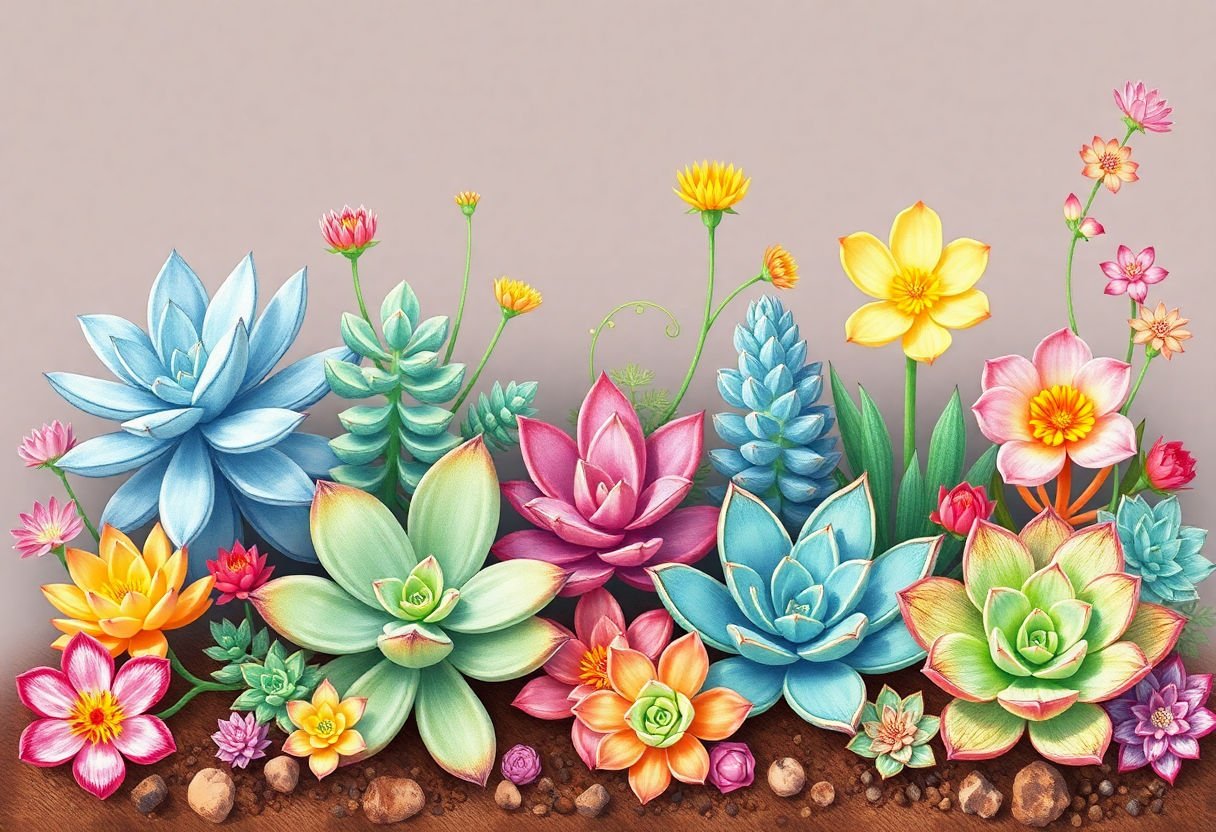Flowering succulents are a stunning fusion of resilience and beauty, captivating many plant enthusiasts with their ability to thrive in diverse environments while offering exquisite blooms. These unique plants are more than just decorative; they are a testament to nature’s ingenuity, demonstrating an array of colors and forms that delight the senses. As popularity surges for these versatile plants, understanding their care and maintenance becomes essential. From the iconic Jade Plant to the festive Christmas Cactus, this detailed guide introduces you to ten remarkable flowering succulents, each bringing a piece of natural wonder to any collection.
Key Takeaways
- Flowering succulents offer a unique blend of beauty and resilience, making them ideal for both novice and experienced gardeners.
- Proper care, including appropriate watering, sunlight exposure, and well-draining soil, enhances the vibrant blooms of succulent plants.
- These plants not only elevate the aesthetic value of any space but also require minimal maintenance, making them a practical choice for indoor and outdoor gardens.
- Cultivating flowering succulents can be a rewarding hobby that promotes relaxation and connection with nature.
- With diverse varieties like Jade, Echeveria, and Kalanchoe, gardeners can enjoy a wide array of colors and shapes in their plant collections.
Jade Plant
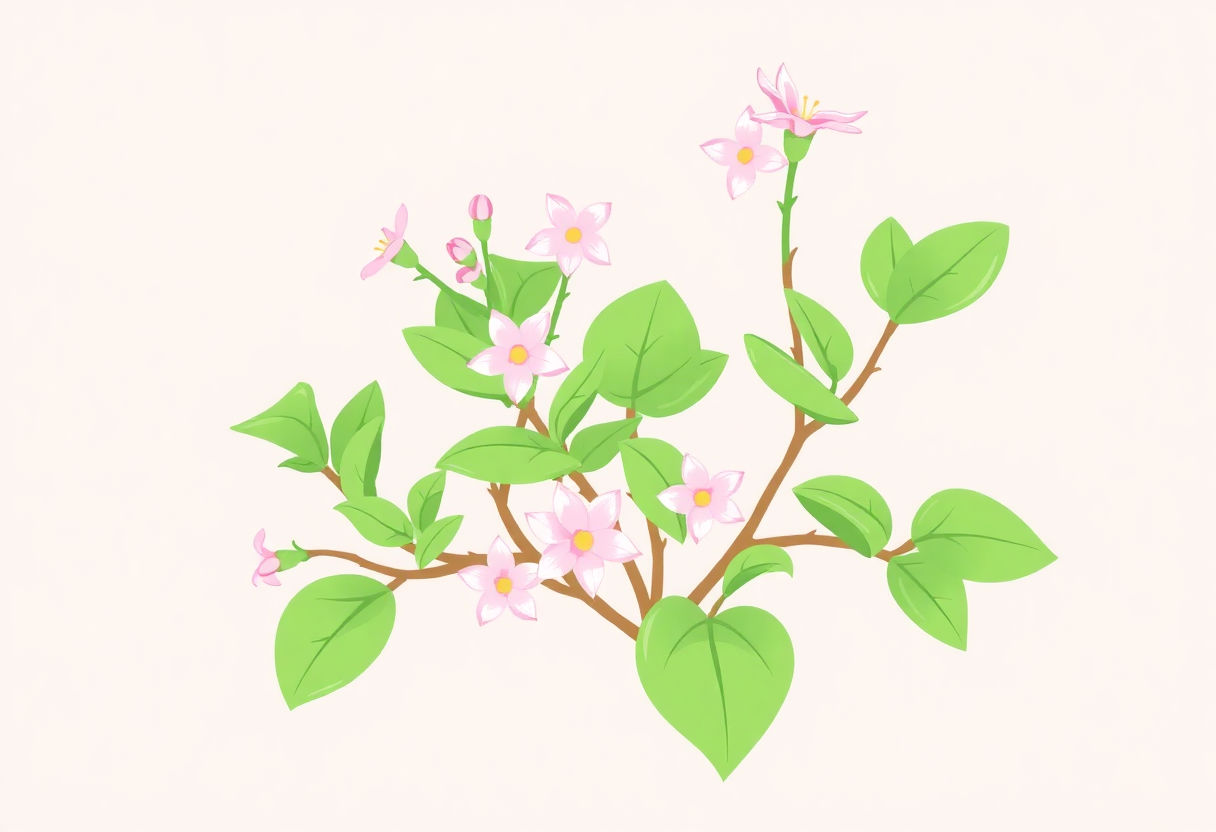 The Jade Plant (Crassula ovata) is a beloved succulent known for its evergreen beauty and symbolic significance, often referred to as the “money plant.” This resilient succulent is characterized by its thick, fleshy leaves reminiscent of jade, and its ability to bloom with delicate, small white or pink flowers. These blooms typically appear in the cooler months, adding a subtle elegance to any indoor or outdoor collection.
The Jade Plant (Crassula ovata) is a beloved succulent known for its evergreen beauty and symbolic significance, often referred to as the “money plant.” This resilient succulent is characterized by its thick, fleshy leaves reminiscent of jade, and its ability to bloom with delicate, small white or pink flowers. These blooms typically appear in the cooler months, adding a subtle elegance to any indoor or outdoor collection.
For optimal growth, the Jade Plant thrives in well-draining soil and requires a generous amount of sunlight. Positioned near a window with bright, indirect light is ideal. Ensuring the soil dries out between waterings is crucial, as overwatering can lead to root rot—a common pitfall for succulent enthusiasts.
Here are a few essential care tips:
- Lighting: Place in bright, indirect sunlight.
- Watering: Allow soil to dry completely before watering.
- Temperature: Prefers warmer environments; avoid frost exposure.
- Soil: Use cactus or succulent potting mix for proper drainage.
Adhering to these guidelines can ensure your Jade Plant remains healthy and vibrant. Not only does it enhance your plant collection aesthetically, but it also brings a touch of good fortune according to traditional beliefs. For additional insights into its care, please refer to this detailed Jade Plant care resource.
With proper attention and the right growing conditions, the Jade Plant can flourish for decades, becoming a treasured component of your home or garden décor. Its blend of hardiness and beauty makes it a superb choice for both novice and experienced plant collectors.
Christmas Cactus
The Christmas Cactus, Schlumbergera bridgesii, is a popular choice among indoor plant enthusiasts, particularly known for its striking blooms that typically appear around late November to January. With its vibrant flowers that range in color from magenta to red, pink, and white, this succulent brings a festive touch to any home during the holiday season. Unlike traditional cacti, the Christmas Cactus hails from the tropical rainforests of Brazil and thrives in a more humid environment.
Caring for the Christmas Cactus involves providing a balance of light, water, and temperature to ensure healthy growth and vibrant blooms. This plant requires bright, indirect light; direct sunlight can scorch its leaves. A temperature range of 60-70 degrees Fahrenheit is ideal, mimicking its natural habitat.
When it comes to watering, the Christmas Cactus prefers a more moderate approach compared to desert succulents. Keep the soil consistently moist, especially during the blooming period. Reduce watering after the blooms fall, allowing the top of the soil to dry out between waterings. It is essential to use a well-draining potting mix to avoid root rot.
Fertilization should occur every four weeks during the growing season, from spring through late summer, using a general-purpose houseplant fertilizer. To encourage blooming, it’s beneficial to simulate the plant’s natural environment by providing a period of cooler temperatures and darkness in the weeks leading up to the expected flowering time.
By replicating its natural conditions, you can enjoy the unique and festive beauty of the Christmas Cactus year after year.
Aloe Vera
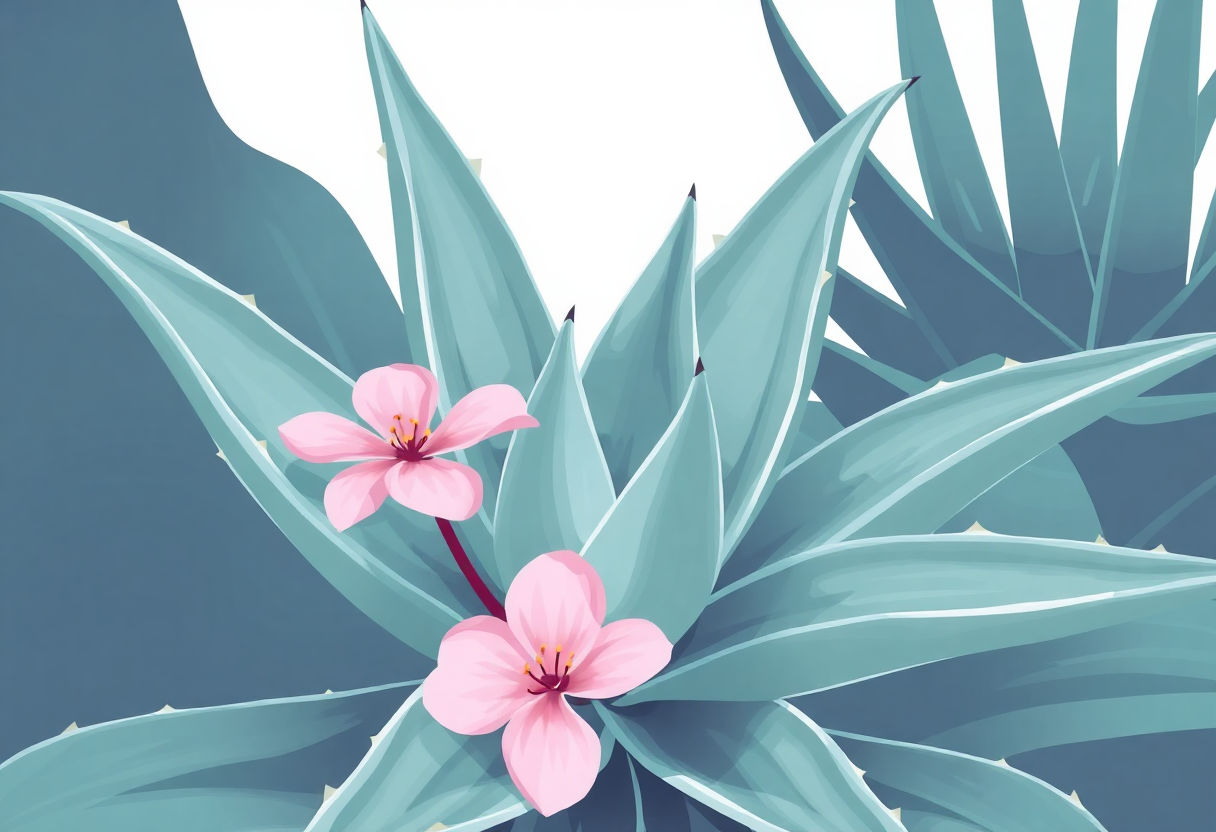 Aloe Vera, renowned for its medicinal properties, is a versatile succulent that also offers unique flowering attributes, enhancing any plant collection. Known for its soothing gel, this plant has been used for centuries to treat burns, cuts, and a variety of skin conditions. However, many enthusiasts are drawn to Aloe Vera not only for its healing properties but also for its striking blooms.
Aloe Vera, renowned for its medicinal properties, is a versatile succulent that also offers unique flowering attributes, enhancing any plant collection. Known for its soothing gel, this plant has been used for centuries to treat burns, cuts, and a variety of skin conditions. However, many enthusiasts are drawn to Aloe Vera not only for its healing properties but also for its striking blooms.
The flowering of Aloe Vera is a delightful surprise for those accustomed to its spiky leaves. Typically, it produces a tall stalk from which clusters of tubular flowers emerge. These blooms can vary in color from vibrant yellows to oranges and reds, adding a splash of color to any succulent arrangement. Flowering generally occurs during late winter to early spring, but with optimal care, it may bloom at other times too. For more guidance on how to care for flowering Aloe Vera, consider reading Aloe Vera blooming tips.
Aloe Vera thrives in well-drained soil and requires minimal watering, making it ideal for those who prefer low-maintenance plants. It requires bright, indirect sunlight and can tolerate direct sun for short periods. While hardy in its natural desert environment, Aloe Vera can also adapt well to indoor conditions in the United States. Ensure the plant does not sit in water as this can lead to root rot.
Incorporating Aloe Vera into your collection not only enhances its aesthetic appeal but also adds a practical touch due to its beneficial qualities. Whether grown indoors or outdoors, this succulent’s distinctive flowers and healing abilities make it a remarkable addition to any gardener’s repertoire.
Kalanchoe
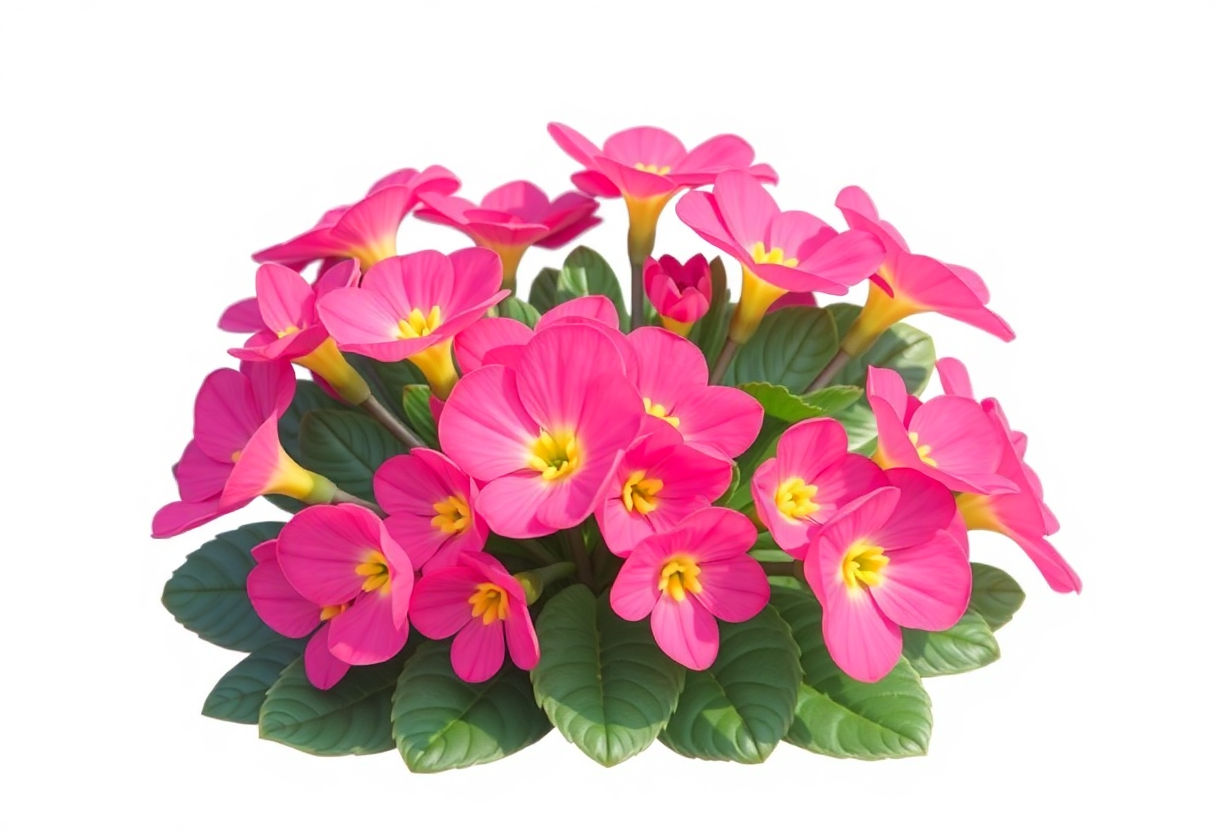 Kalanchoe is a remarkable flowering succulent known for its vibrant and long-lasting blooms. Originating from Madagascar, these plants are part of the Crassulaceae family and are favored for their resilience and aesthetic appeal. The flowers of Kalanchoe vary in color, including shades of red, pink, yellow, and white, often complemented by lush, green foliage.
Kalanchoe is a remarkable flowering succulent known for its vibrant and long-lasting blooms. Originating from Madagascar, these plants are part of the Crassulaceae family and are favored for their resilience and aesthetic appeal. The flowers of Kalanchoe vary in color, including shades of red, pink, yellow, and white, often complemented by lush, green foliage.
One of the standout features of Kalanchoe is its ability to thrive in a variety of indoor environments, making it an ideal choice for those looking to brighten up indoor spaces with minimal effort. This succulent prefers bright, indirect sunlight, and minimal watering, allowing the soil to dry between waterings to prevent root rot. During its blooming period, which can last several weeks, Kalanchoe’s flowers create a striking display that enhances any room.
Kalanchoe also has attributes beyond its decorative appeal. It’s a relatively low-maintenance plant that requires occasional pruning to remove spent blooms and encourage new growth. Propagation is straightforward through leaf cuttings, allowing enthusiasts to easily expand their collection or share with friends and family.
For those interested in cultivating Kalanchoe, understanding its specific care needs is essential. It thrives in well-draining soil and benefits from occasional fertilization during its growing season. For comprehensive guidance on maintaining a healthy Kalanchoe, the Kalanchoe care guide provides valuable insights to ensure your plant flourishes throughout the year.
Embracing Kalanchoe in your succulent collection not only adds a splash of color but also introduces an easy-care plant that rewards with lush, captivating blooms.
Echeveria
The Echeveria genus, one of the most popular choices among succulent enthusiasts, is renowned for its exquisite rosettes and a variety of captivating colors and shapes. These plants, originating from semi-desert areas of Central America, especially Mexico, boast rosettes that can vary in size and are often embellished with shades of green, pink, red, or even blue-gray.
Echeverias are celebrated not just for their foliage but also for their delightful flowers. The blooms tend to be bell-shaped and can emerge on tall stalks, usually appearing in hues of red, orange, or pink. This flowering period provides a striking contrast to their usual foliage and offers a vibrant spectacle.
When it comes to cultivating Echeverias, the plant thrives in well-draining soil, ideally with a mix of coarse sand, perlite, and potting soil. Ensuring plenty of sunlight is crucial, as these succulents prefer bright, indirect light, which helps maintain their vivid colorations. Overwatering is a common mistake, so allow the soil to dry out between waterings to prevent root rot.
For those looking to expand their understanding and care strategies for this species, an in-depth Echeveria care guide provides detailed insights into maintaining these captivating succulents.
Adding Echeveria to your collection not only enhances the aesthetic appeal of your garden or indoor plant arrangement but also provides an opportunity to appreciate a plant that epitomizes the blend of beauty and resilience characteristic of flowering succulents.
Crown of Thorns
The Crown of Thorns, scientifically known as Euphorbia milii, is a remarkable flowering succulent that combines resilience with a vibrant aesthetic. Native to Madagascar, this plant stands out due to its distinctive thorny stems and bright, colorful blooms that generally appear throughout the year, offering a continuous splash of color to any indoor or outdoor garden.
Hardiness and Growth
Renowned for its hardy nature, the Crown of Thorns thrives in diverse environments. It prefers warm climates, making it an ideal choice for those living in USDA Hardiness Zones 9 through 11. This plant can endure higher temperatures and dry conditions, demonstrating its impressive adaptability. It can also be cultivated indoors, provided it receives adequate sunlight.
Bloom Characteristics
The plant’s blooms are a notable feature, often appearing in hues of red, pink, and white, enveloping the thorny stems with vivid clusters of color. These blooms can last for several months, contributing to the plant’s enduring allure. Its flowering capabilities are enhanced with proper care, including sufficient lighting and regulated watering practices.
Cultivation Tips
To foster optimal growth, place the Crown of Thorns in a sunlit area, as it thrives with abundant sunlight. It requires minimal watering, making it ideal for those who might not have the time for frequent plant maintenance. Ensuring the soil is well-drained is crucial to preventing root rot. For more detailed insights on maintaining this resilient plant, consider visiting this resource on Crown of Thorns care.
Incorporating the Crown of Thorns into your succulent collection not only adds a dynamic visual element but also a plant that embodies both durability and beauty, ideal for plant enthusiasts seeking a low-maintenance yet visually appealing addition.
String of Pearls
The String of Pearls (Senecio rowleyanus) is a unique and captivating addition to any succulent collection. With its slender stems adorned with perfectly round, bead-like leaves, this plant creates a distinctive cascading effect that is both visually appealing and space-efficient. Originating from South Africa, the String of Pearls thrives in bright, indirect sunlight and well-draining soil, making it an ideal choice for hanging baskets or as a trailing plant on shelves.
Though primarily valued for its aesthetic foliage, the String of Pearls is a flowering succulent producing small, white flowers that exude a cinnamon-like scent. These blooms typically appear during the spring and summer months, adding an unexpected touch of delicate beauty to its unusual form.
Caring for String of Pearls requires a careful balance of watering and lighting. Ensuring that the plant receives adequate light without being exposed to direct sunlight is crucial, as too much sunlight can scorch the leaves. Watering should be infrequent but thorough, allowing the soil to dry out completely between waterings to prevent root rot.
String of Pearls is not just a delightful visual experience but also a conversation starter in any home or garden. With proper care, this intriguing plant can enhance both the aesthetic and diversity of your succulent collection. Its combination of interesting textures and subtle floral aromas makes it an excellent choice for plant enthusiasts seeking to expand their botanical repertoire with species that evoke both curiosity and elegance.
Hens and Chicks
Belonging to the genus Sempervivum, the Hens and Chicks succulent is a charming and easy-to-grow plant beloved by gardeners for its rosette formation and low maintenance. Its distinct growth pattern, resembling a mother hen and her surrounding chicks, makes it an attractive addition to any collection.
The primary allure of Hens and Chicks lies in their geometric beauty and adaptability. These succulents are known for their ability to thrive in various environments, from rocky terrains to well-drained pots. They produce round, compact rosettes that can effortlessly multiply, providing an ever-expanding cluster of greenery.
While Hens and Chicks are primarily grown for their foliage, they occasionally produce flowers that rise on tall stalks, giving a unique appearance. The small star-shaped blooms range in hues of pink, red, or white. Although the rosette that flowers may die post-bloom, it leaves behind numerous offsets that continue to flourish.
Cultivating Hens and Chicks requires minimal effort, making them ideal for both novice and seasoned gardeners. They prefer full sun exposure and require only moderate watering, allowing the soil to dry between sessions. Overwatering should be avoided to prevent root rot and maintain plant health.
For those interested in expanding their garden, these succulents can easily be propagated. Understanding the process of Sempervivum propagation ensures a steady supply of new rosettes, allowing enthusiasts to share or expand their collection effortlessly.
In sum, Hens and Chicks offer not only aesthetic appeal but also resilience and versatility, making them a cherished choice for succulent enthusiasts.
Peacock Echeveria
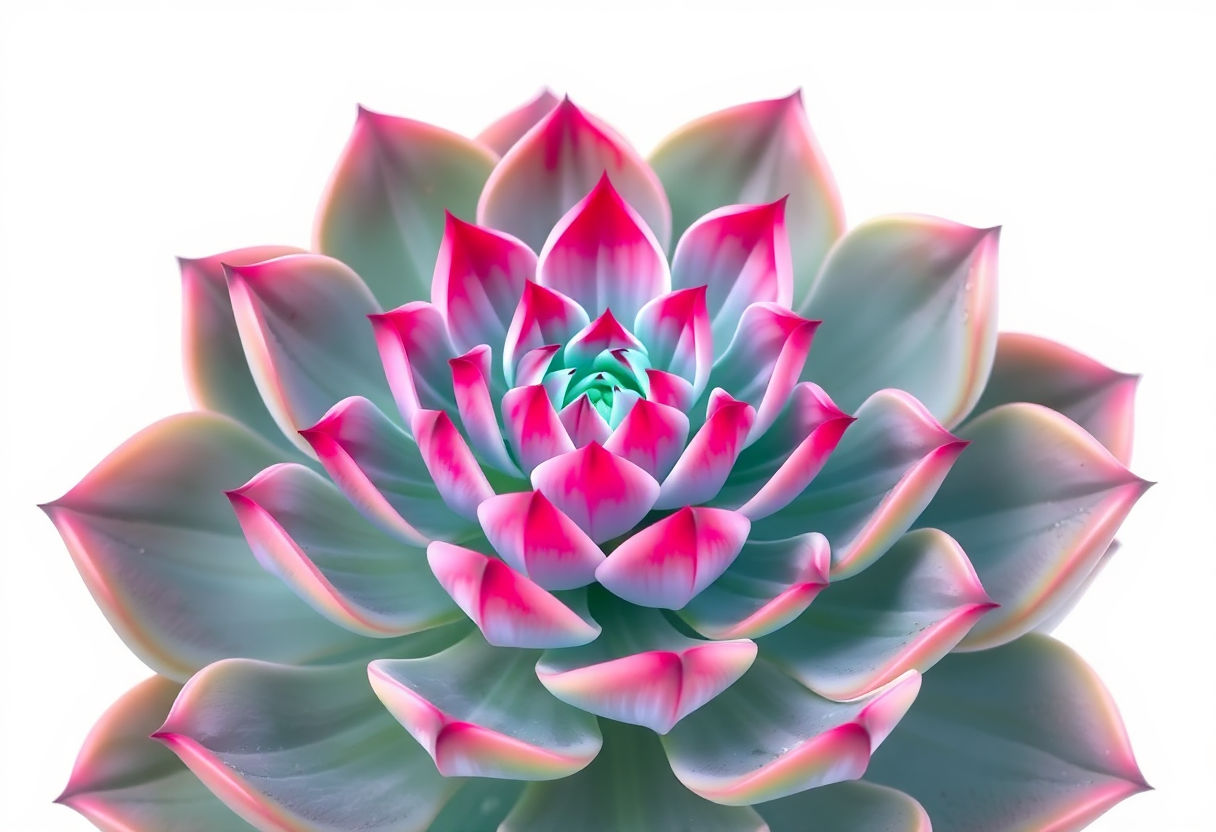 Peacock Echeveria, scientifically known as Echeveria peacockii, is a stunning succulent adored for its captivating beauty and graceful floral displays. This plant showcases symmetrical rosettes that can reach up to six inches in diameter, with fleshy leaves of soft blue-gray hues, often tinged with pink edges, adding an extra layer of elegance to any succulent collection.
Peacock Echeveria, scientifically known as Echeveria peacockii, is a stunning succulent adored for its captivating beauty and graceful floral displays. This plant showcases symmetrical rosettes that can reach up to six inches in diameter, with fleshy leaves of soft blue-gray hues, often tinged with pink edges, adding an extra layer of elegance to any succulent collection.
The enchanting blooms of the Peacock Echeveria appear on tall, slender stalks, producing delicate, coral-colored flowers that draw admiration through their intricate form and coloration. These blossoms typically emerge in the spring or summer, enhancing the visual appeal of the plant and providing a burst of color to complement the subtle tones of its foliage.
Caring for Peacock Echeveria involves ensuring a few essential conditions are met. These succulents thrive in bright, indirect light and require well-draining soil to mimic their native arid environments. Watering should be done sparingly, allowing the soil to dry out completely between waterings to prevent root rot. Propagation is straightforward, often achieved through leaf cuttings or offsets, making it easy for enthusiasts to expand their collection.
For more detailed information on cultivating these beautiful succulents, one might explore comprehensive resources such as Peacock Echeveria care. With these guidelines, the Peacock Echeveria can become a cherished component of any well-curated succulent garden, embodying both grace and resilience in its natural charm.
Conclusion
Incorporating flowering succulents into your collection offers a splendid fusion of aesthetic beauty and ease of care. Each species, from the hardy Jade Plant to the vibrant Peacock Echeveria, provides unique attributes and striking blooms. These succulents not only enhance your living space but also offer low-maintenance gardening options for enthusiasts and beginners alike. As interest in sustainable and decorative gardening grows, exploring these diverse plants promises both enjoyment and environmental benefits. Embrace the captivating allure of flowering succulents and elevate your botanical experiences while contributing to a greener, more beautiful world.
Frequently Asked Questions
What are the key considerations for choosing flowering succulents?
When selecting flowering succulents, consider factors such as sunlight requirements, watering needs, and your local climate. It is essential to choose varieties that are well-suited to your environment to ensure healthy growth and vibrant blooms.
How often should I water flowering succulents?
Flowering succulents generally require less frequent watering than other plants. They thrive when the soil is allowed to dry out between waterings. Typically, watering once every two weeks is sufficient, but this can vary based on climate and season.
Do flowering succulents require special soil?
Yes, flowering succulents need well-draining soil to prevent root rot. Use a commercial succulent or cactus mix, or create your own by mixing potting soil with sand or perlite to enhance drainage.
Can flowering succulents bloom indoors?
Many flowering succulents can bloom indoors if they receive adequate light. Place them near a south or west-facing window to ensure they get enough sunlight, and consider using grow lights during shorter days to encourage flowering.
Are flowering succulents susceptible to pests?
Like other plants, flowering succulents can attract pests such as mealybugs and aphids. Regularly check your plants for signs of infestation, and use natural insecticides or a mixture of water and dish soap to treat affected areas.
